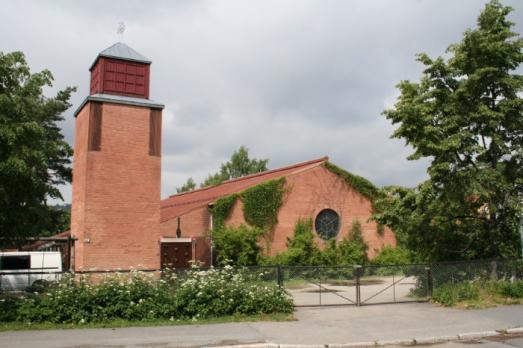
Skøyen Church
Oslo, NO
Skøyen church is a working church from 1989. The church was designed by Hille Melbye Architects. In the same building complex there is a kindergarten.
Here you can search for a building to visit. You can use the map find destinations, or you can use the filters to search for a building based upon what different criteria.

Oslo, NO
Skøyen church is a working church from 1989. The church was designed by Hille Melbye Architects. In the same building complex there is a kindergarten.
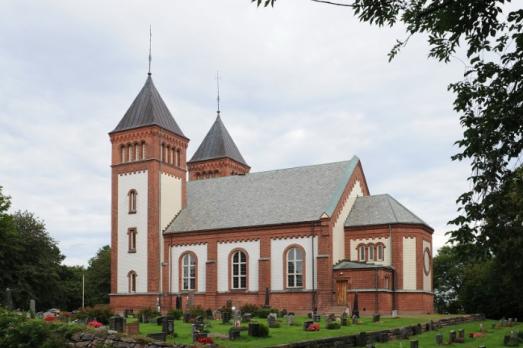
Tønsberg, NO
The Slagen church dates from 1901 and was built on the site of the old Slagen church, a simple medieval stone church dedicated to St. Bottolph, which burned down in 1898. The new church building was designed by Halfdan Berle (1861-1929). The interior frescoes, painted by Kåre Øijord, date from the restoration of the church in 1955-1958.
Doetinchem, NL
Small, rural church with tower. Originally an Evangelical congregation, now Dutch Reformed. Ger. Bond in the NH church.

Slavikai, LT
This church was built in 1752 by the elder of Jurbarkas, Duke Mykolas Cartoriskis. It was a branch of Jurbarkas parish. In 1795 a parish was established. Its first pastor in 1795-1827 was the Dominican Rapolas Aleknavicius (who is buried in the cemetery). At the beginning of the 19th century, there was a parish school in the care of Bernardine priest Laurynas Tautkevicius. The current wooden church (consecrated by Bishop Povilas Strasinskis) and the rectory was built in 1858-1888 by Pastor Pranciskus Andriukaitis who helped booksellers distribute forbidden press. In 1906, a branch of the Siburis Society established a library in 1907.
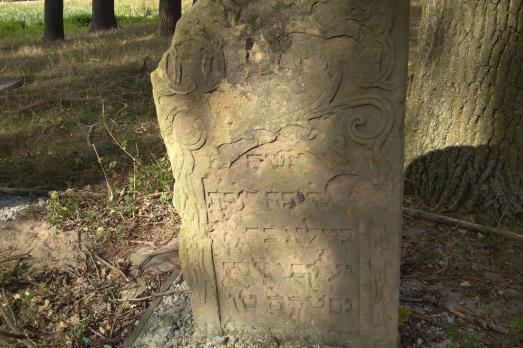
Slavuta, UA
The exact period of the cemetery’s establishment is unknown. According to epigraphic data, it already existed in the mid-19th century. First, it appears on Russian maps of the beginning of the 20th century. Later it was marked on Polish maps of 1939. The cemetery was fenced by ESJF in September 2016.
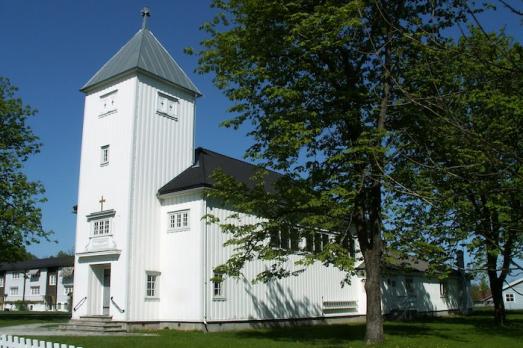
Asker, NO
Slemmestad church was completed in 1935 by the architect Ivar Næss. The church tower burned down in 2004 and was rebuilt afterwards. The organ was also lost in the fire, but it was replaced in 2007.

Frøya, NO
The first church in Sletta was built in 1755, and in 1880 it was enlarged (according to the designs of Henrik Nissen) to become one of the largest wooden churches in the country. After a fire, a new church was built in 1990. The new church in Sletta is a modern "working church" with a large, bright church hall with a beautiful side altar and a sacristy.
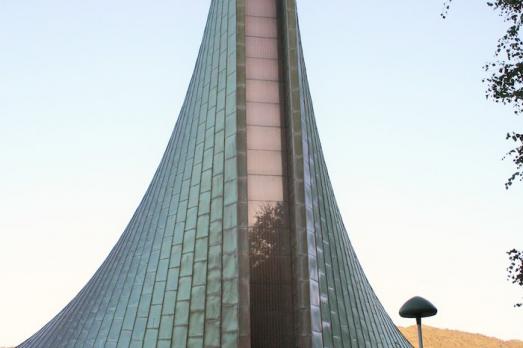
Bergen, NO
Slettebakken Church is a 1970 church designed by architect Tore Sveram. The structure is made of concrete with a copper roof whose shape, from several angles, resembles that of a boat with a high mast to the sky. The original drawings of the architect Tore Sveram for the church of Slettebakken are kept in the archives of the city of Bergen.

Vestre Slidre, NO
The church of Vestre Slidre, or "Slidredomen", is a stone church probably built in the 13th century. It has a rectangular nave and a slightly lower and narrower choir. The interior bears the mark of the 18th century when the choir arch and the windows were enlarged and the church received new furniture.

Sligo, IE
The Cathedral of the Immaculate conception is famous for being the only Norman-style church in Ireland. The church was constructed in 1874 by the Bishop of Elphin, upon deciding that the local diocese was in need of a larger space. It is also notable for its impressive spire and large apse in the sanctuary.

new
Nestled amidst the serene landscapes of the Harz region, lies a hidden gem for nature enthusiasts and history buffs alike - the Harz Monastery Hiking Trail. Lace up your hiking boots and embark on this captivating adventure that will transport you back in time.

The Holy Mile (Miglio Sacro) of Naples is a one-mile-long itinerary, through sacred places linked to the city's patron saint, San Gennaro, in the Rione Sanità district. Discover the city from a new perspective with this unique walking tour.

As a university city, cultural offerings abound in Tartu and will reach their peak after being designated one of three European Capitals of Culture for 2024. In this list, we've compiled the most interesting sacred places to visit in and around the old town.